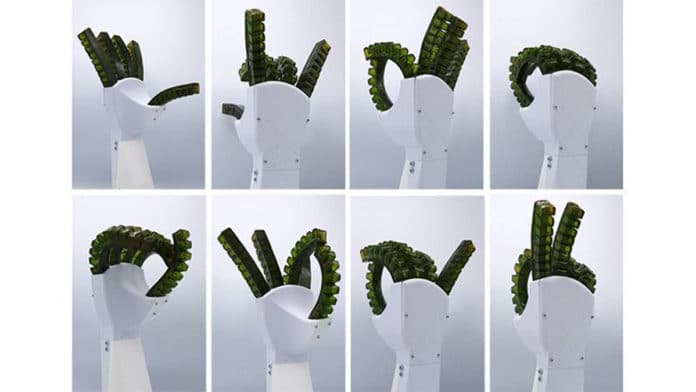Despite its importance and considerable demands, the field of soft robotics faces a number of fundamental scientific challenges. It has not been fully clarified what materials are available and useful for robotic application.
Now, researchers from the University of Cambridge thought to use self-healing materials and machine learning to develop soft robotics.
Led by the scientists at the Free University of Brussels and the University of Cambridge, and funded by the European Commission, the €3 million Self-healing soft robot (SHERO) project aims to create self-healing robots that can feel pain or sense damage, before swiftly patching themselves up without human intervention. After detecting the damage, the material takes the necessary steps to temporarily heal itself and then resume its work.
The team has already successfully developed polymers that can heal themselves by creating new bonds and is looking at integrating this self-healing materials into soft robotic arms.
Their next step is to embed self-healing actuators and sensors to the polymer that can detect where the damage is located and control healing. The team says they will be using machine learning to work on the modeling and integration of these self-healing materials.
The end goal is to make the healing automated, avoiding the current need for heat to activate the system. Dr. Thomas George Thuruthel said these materials could have future applications in modular robotics, educational robotics and evolutionary robotics where a single robot can be ‘recycled‘ to generate a fresh prototype.
“Over the past few years, we have already taken the first steps in creating self-healing materials for robots,” said Professor Bram Vanderborght, from VUB, who is leading the project. “With this research, we want to continue and, above all, ensure that robots that are used in our working environment are safer, but also more sustainable. Due to the self-repair mechanism of this new kind of robot, complex, costly repairs may be a thing of the past.”
